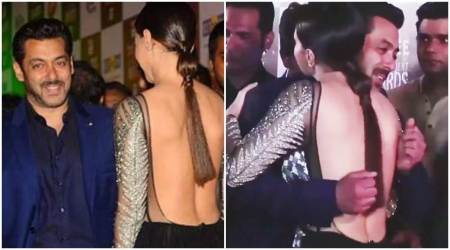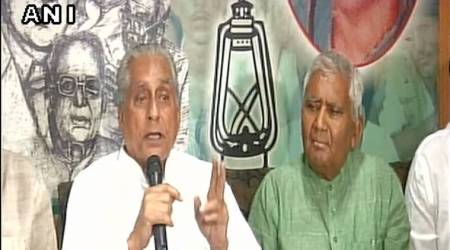 Falcons TTC won the inaugural Ultimate Table Tennis league.
Falcons TTC won the inaugural Ultimate Table Tennis league.
Swedish Par Gerell, one of the many Peter Karlsson students at Ultimate Table Tennis and a much sought-after foreigner, was asked numerous questions during his last fortnight here. Unsurprisingly for him, not many posers coming the veteran’s way, were about fitness – glaringly absent amongst a host of Indian players. “I’m not too familiar with the system here, but it seems the Indian players need to start working on increasing their stamina more,” says Sweden’s Par Gerell, who captained the Falcons TTC to the title. “That’s the only way they’ll be able to be consistent and explosive over a seven-game match.”
Through the duration of the tournament, domestic players – which included the likes of veteran Sharath Kamal, Harmeet Desai and 2016 Olympian Manika Batra – sought advice from the foreign players. “How to prepare before a match, how to deal with pressure situations, how to play specific shots, learning new serving styles and shots…” lists Croat Andrej Gacina, a former Top 20 and team captain. But while foreign players helped their Indian counterparts iron out flaws in their games, the international athletes were quick to note their own observations and assessments about the domestic talent.
While Indians were technically sound, they admitted, there was consensus amongst the visitors that there was an alarming deficit when it comes to fitness.
Shorter format
Sure the Indians managed to notch up a decent set of performances over the tournament that held favourable and shorter three-game matches. “Indians tend to make quick starts, and foreigners take time to settle down. So this format gives us that advantage,” says former national champion Arup Basak, who served as coach of Maharashtra United. G Sathiyan, who last year became only the second Indian after Kamal to win a pro tour event, remained unbeaten in the singles category, while world no 201 Sanil Shetty gained the nickname ‘foreigner slayer’ for his performances against international opposition.

Yet all that happened in the shorter format. The regular tour instead promotes a best of seven structure – which requires a strict fitness regimen. “You have to work on your core because you’re bent low and you have to lunge to pick up low shots. And you need to work on your legs to carry you at the same intensity,” says 2014 Commonwealth Games singles bronze medallist Liam Pitchford, who was adjudged the most-valuable men’s player.
“Indian players have quick hands, but I’m not sure if their legs will carry them. They could use some better training structure,” he adds. There has been improvement, to be fair. Kamal has worked extensively on his physique, while Shetty and Sathiyan are considered the fittest. “The problem is that there is not much awareness for fitness in India, and it’s expensive to get a trainer,” says Soumyadeep Roy, the Indian coach for the Falcons.
“Ghosh has been with me for the past two months. He’s worked very hard for the past two months, and he’s become much faster because of it,” he adds. Yet it remains to be that one missing factor when it came to learning from the foreign players. World no 13 Wu Yang remembers being asked about various technical points. The 25-year-old Chinese claims to have been waiting for someone to ask about fitness, but nobody did.
“You feel stronger, and you can recover quickly after a long match. And you start looking like a professional athlete,” she says. “I could tell that they need to start working on it (fitness), but I can’t go up and openly tell them. And nobody asked me about it.”

